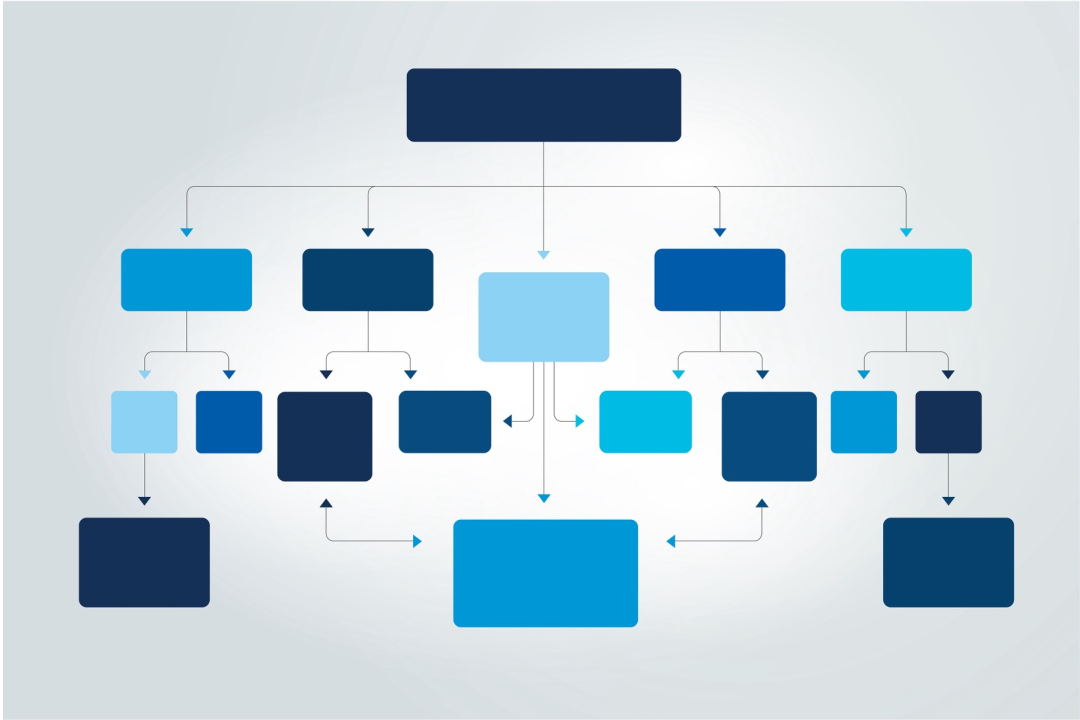Systems Design & Analysis Center - Current Research
Systems Design & Analysis Center - Current Research
Capstone Focus Areas and Project Examples

Systems Design
Focuses on the structured development of complex systems through techniques such as functional decomposition, requirements analysis, trade space exploration, and model-based systems engineering (MBSE). Emphasizes the integration of user needs, technical constraints, and lifecycle considerations to produce feasible and resilient system architectures.

Systems Analysis
Involves evaluating system behavior, performance, and interactions using tools such as system dynamics, discrete-event simulation, analysis, and combat modeling. Aims to assess capability network gaps, system effectiveness, and operational outcomes under various scenarios and constraints.

Process Modeling and Analysis
Centers on the representation and evaluation of workflows and operational processes through methodologies such as business process modeling, queuing theory, discrete-event and agent-based simulation, and lean analysis. Supports the identification of inefficiencies, delays, and improvement opportunities.

Project and Engineering Management
Covers the planning, execution, and control of engineering projects using tools like earned value management, critical path method (CPM), program evaluation and review technique (PERT), and risk analysis. Focuses on resource optimization, schedule adherence, and performance tracking across the system development lifecycle.

Data Analysis
Applies statistical analysis, machine learning, and data visualization techniques to extract patterns and support decision-making. Methods include regression analysis, clustering, classification, time-series forecasting, and exploratory data analysis (EDA), often in support of operations research, logistics, and systems performance studies.

Human Systems Integration
Focuses on optimizing the interaction between humans and complex systems by integrating human capabilities and limitations into system design. Methods include cognitive task analysis, human factors engineering, usability testing, and workload modeling. Emphasizes performance, safety, and user experience in both operational and decision-support environments.